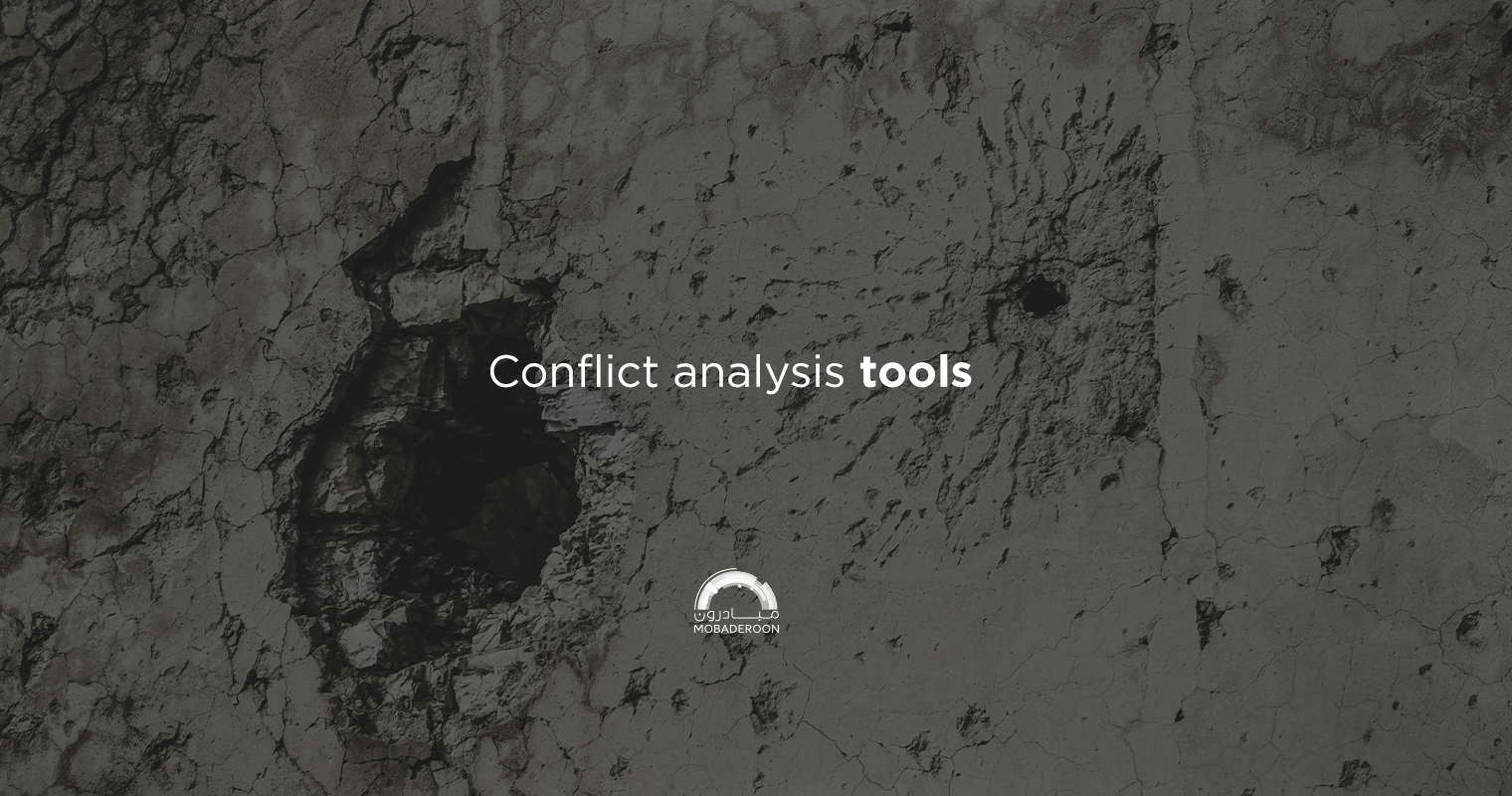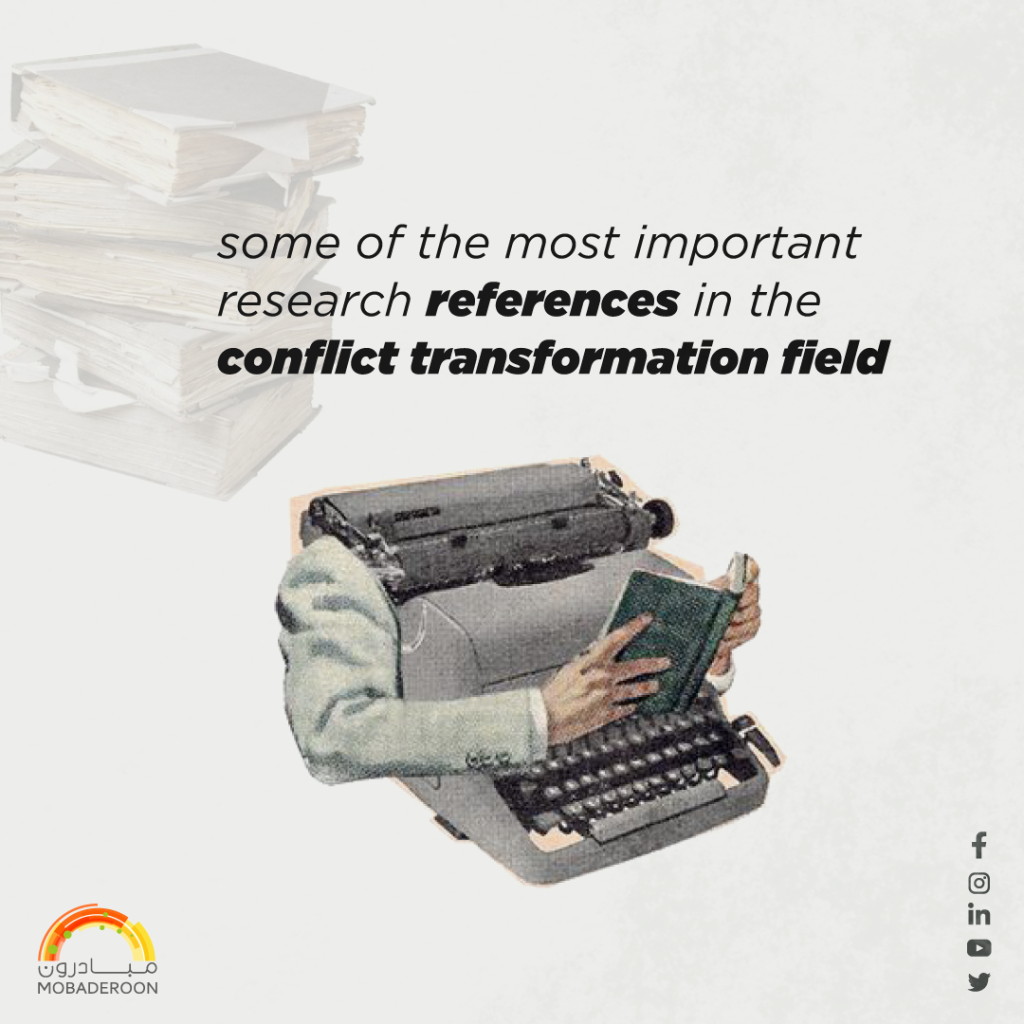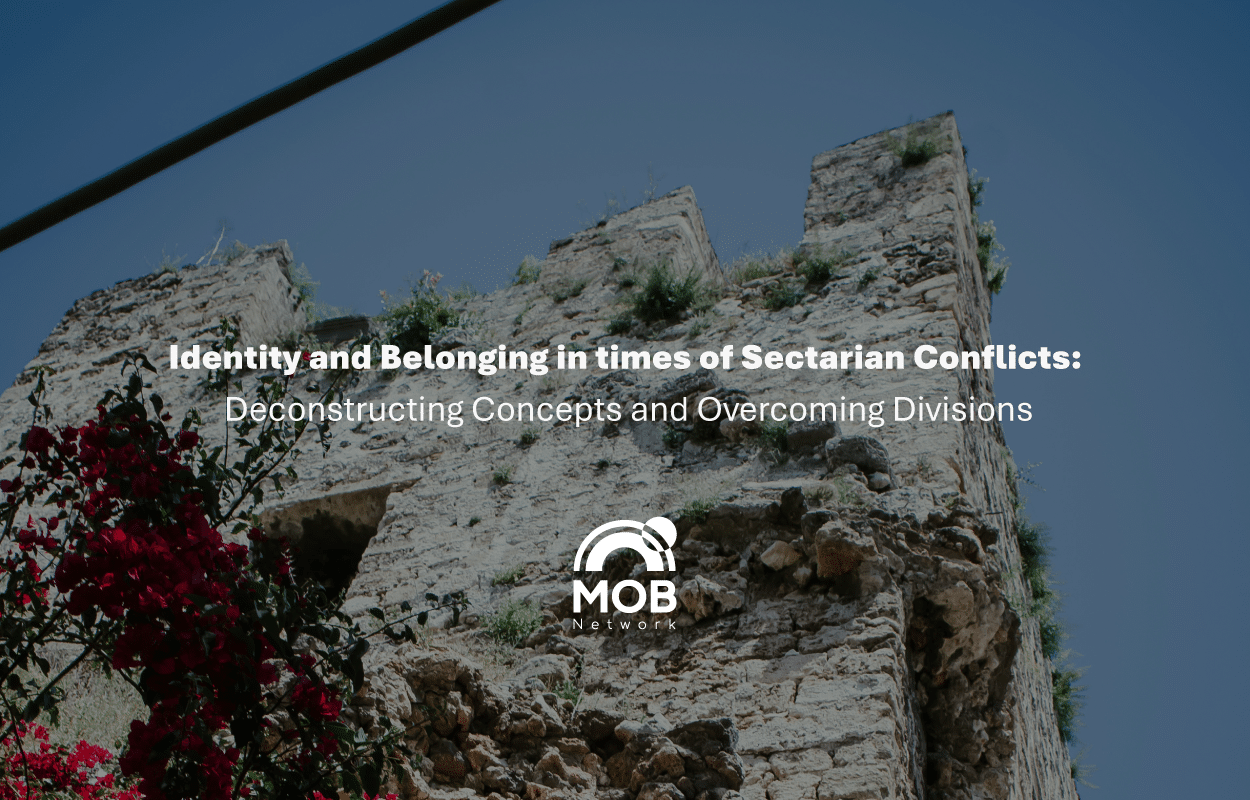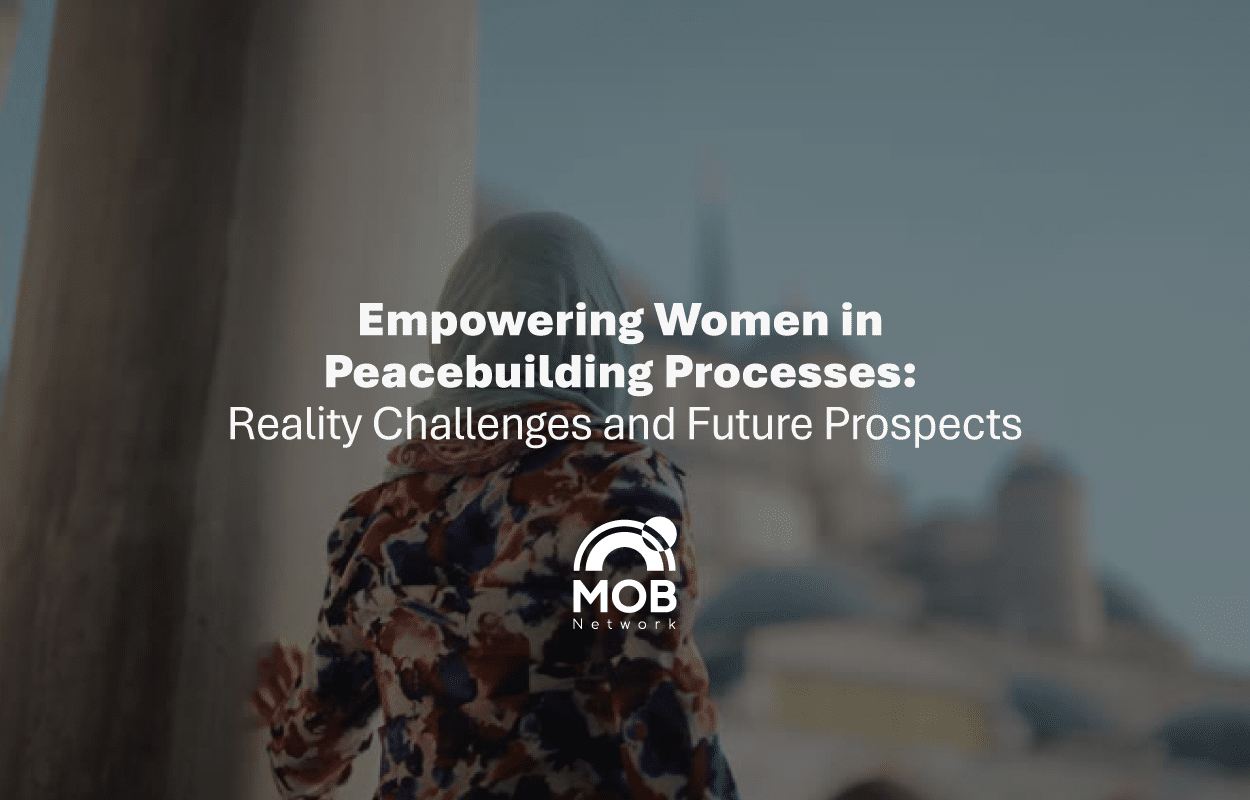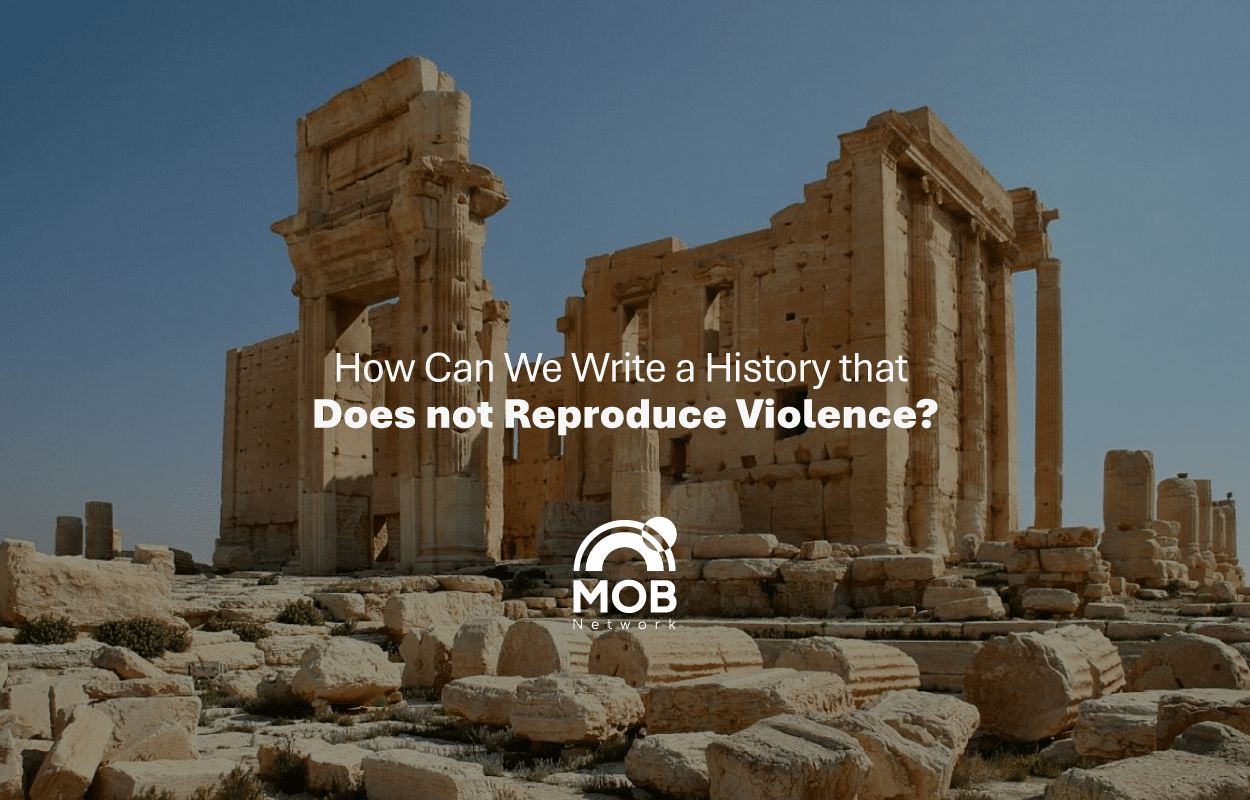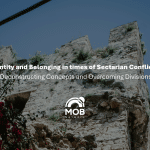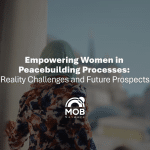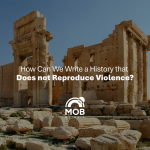Most Important Research References in the Conflict Transformation field
The absolute number of war casualties has been decreasing since 1946 worldwide. Still, conflict and violence are on the rise nowadays, where most of which stem between non-state active elements, e.g., political militias, criminal groups, and international terrorists. Unresolved regional tensions, the fall of law supremacy, the absence or hijacking of state enterprise, illegal economic gains, and the escalation of resource scarcity because of climate change are among the prevailing conflict factors.
By 2016, countries have seen more conflict in the past 30 years more than ever before. At the same time, conflicts have become more partitioned; hence, more severe. For instance, and according to the UN, the number of armed groups in some countries seeing conflict increased from 8 to several thousand! Moreover, conflicts at the present time are less responsive to traditional solutions, making them last longer with more casualties, and this is probably because of the regional nature of these conflicts that leads to linking political, social, economic, and military affairs across borders; leading to conflicts that reinforce other conflicts.
It is possible to understand conflict as an interaction based on refusing coexistence between 2 actors at least, one being damaged, the other either deliberately or in ignorance of causing it. The results of conflict analysis provide a basis to direct future action considering conflicts as dynamic mediums, which puts up any intervention to become a part of conflict context. Hence, the analysis should focus on promoting creative positive drives, whether relevant to the next, or from within it. A conflict could be peaceful or violent with many dimensions, and levels that start from continuous peace, fixated peace, non-fixated peace, crises, and lastly, war.
Conventionally, conflict could be defined as a dispute, argute, or pleading that mostly leads to a legal procedure, such as arbitration, mediation, or filing a suit.
Conflict analysis is conducted to mitigate further developments, and to choose the tools adequate for each stage. Analysis does not essentially lead to an objective understanding of the conflict at hand but rather puts our self-cognitive reflections on display so that pondering, mediating on, discussing, and communicating regarding them is possible.
Conflict Analysis includes:
- Validating that the person conducting the analysis is actually dealing with a present conflict.
- Determining the main lines of conflict whilst keeping the possibility of reviewing them later on.
- Applying the tools to focus on certain exhibitories of conflict.
Conflict Analysis Methods
8 tools can be employed to analytically assess the various attributes of a conflict, whilst taking into consideration what is affected by the perspectives of the analyst(s).
Usually, the following methods are used:
- Harvard
- Humane Needs Theory
- Conflict Transformation Approach
The Harvard Approach
This approach affirms stance-based difference on one hand, and interests-based difference on the other, and assumes that a conflict could be solved when actors focus on interests instead of stances when they work on developing standards accepted by all sides (parties).
The Human Needs Theory
This theorem assumes that conflict lies in a set of unfulfilled human needs, which require analysis, communication, and satisfaction to reach conflict resolution.
The Conflict Transformation Approach
This approach assumes conflict to be either a constructive or a destructive interaction in light of the way conflict is dealt with, or the way conflict transformation is done. According to this approach, conflicts are seen as energy interactions, and different realizations, and social and cultural contexts in which truth is made.
As soon as determining a situation to be a case of conflict, deciding on intervention limits whilst treating each conflict as branching out of another larger context taking shape within the context of conflict.
Conflict Analysis Tools
Conflict Wheel:
This is a “beyond” analysis tool, which organizes other analytical tools and provides a comprehensive view before getting into analyzing certain aspects of the conflict, and when utilizing the first approach.
It is comprised of 6 dimensions to analyze conflict:
- Dynamics: pertaining to conflict escalation level.
- Causes/Issues: what are parties (sides) fighting or arguing about?
- Actors/relationships: individuals, countries, involved or concerned organizations. The directly involved parties would be called parties or sides, but should they become concerned through conflict transformation, they’d be third parties, alongside indirectly involved stakeholders when it comes to the outcomes.
- Sub-context: context and sub-factors usually fall out of conflict context. Sub-violence points to violent acts not caused by individuals but through current economic and political impacts, like poverty.
- Causality: many reasons lie behind conflicts, and are formed out of interactions and intersections of factors influencing conflicts.
- Strategies: this is where handling methodologies, utilized or to-be-used strategies, and directly involved or third parties’ efforts are examined to mitigate conflict severity.
Conflict Tree:
A tree metaphor of conflict, where the roots represent factors, the trunk issues, and apparent problems that connect factors to dynamics that are represented in the leaves.
The purpose is to ponder the connections among root causes, issues, and structural factors.
Conflict Mapping:
This tool focuses on actors and the relationships that connect them. It is a good starting tool for conflict analysis. This tool enables the presentation of asymmetry in power through the relative size of the circles representing the actors in the conflict. A conflict map reflects the analyst’s view of a particular conflict situation at a particular point in time, and it should not be overly complex.
This tool aims to clarify the relationships between the different parties to the conflict and to preliminarily represent the conflict on one piece of paper.
Glasl’s Escalation Model:
This model aims to make adopt the strategy to intervene in the conflict in line with the reached level of escalation.
The conflict begins with the desire of the parties to achieve something at the beginning of the escalation. It is not about the desire to achieve this thing, but it goes beyond that towards the desire to harm the adversary, so that the final stage of escalation is mutual destruction.
Escalation dynamics could be analyzed through the attached image.
Conflict Perspective Analysis (CPA):
This model proposes a step-by-step method for analyzing a conflict. It was developed by INMEDIO mediators to analyze different levels of conflict: “micro” between individuals, “meso” between organizations, and “macro” between groups or countries. This model focuses on the viewpoints of the various parties involved in the conflict, which may help them change their point of view towards the conflict. This is where hidden motives become more visible, and, thus, less threatening.
It can be said that the (CPA) model follows the various stages of the mediation process, and it is either used to request consultation among a group of analysts, or as preparatory work for the mediation process, or as a training tool.
This tool aims to separate facts and interpretations, people and problems, stances and interests; Enable a change of viewpoints, making the motives of the parties to the conflict seem plausible, and broaden the views of all parties.
Needs-Fears Mapping:
Similar to the CPA model, this model focuses on the parties to the conflict and their problems, interests, needs, etc.
This tool can be used to analyze the conflict through one party and hypothetically write down what is related to the other parties, through a third party to clarify its perceptions about the other actors hypothetically, or through the mediation process; or it can be used as an exercise in changing the viewpoints related to the conflict.
This tool aims to:
- Illustrate the characteristics of the different parties to the conflict in comparable forms.
- Make the parties to the conflict abandon the stances with closed exits.
- Helping people understand each other’s perceptions.
- Provoking and stimulating discussion.
Multi-Causal Role model:
This model focuses on causation, the different nature of causes, triggers, channels, drivers of change, and goals.
This model is also concerned with actors, structures, dynamics, and contents.
Conflicts often have roots in psychological, social, economic, and international political conditions. It is assumed that a simultaneous combination of factors leads to the outbreak of violence.
ACCP :
1st step: things are simplified in this approach by categorizing conflict information into:
- Actors: Any of those involved in the dispute, including the mediator.
- Content: What is the subject of the dispute and the issues the parties are fighting over; should be as specific as possible.
- Context: What are the circumstances surrounding the ongoing conflict and factors related to the conflict environment?
- Process: What are the processes through which conflict resolution was attempted, whether previously or ongoing?
2nd step: Examine the produced map, called the “delving deep” step by asking questions based on the previous four fields.
In general, conflict is attributed to several individual psychological sources, which is the tendency that finds its basis in the instinct of love for control and domination, and the motive for revenge, expansion, and risk. Conflicts, wars, and disputes provide the best opportunity to satisfy such impulses and tendencies that lie in the depths of human nature.
Author: Moutasem Hafian
Read More About: 10×10 for dealing with community violence conflict

